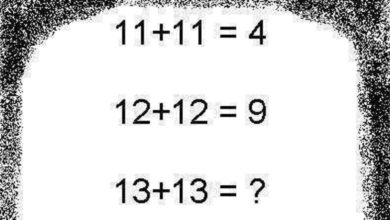NASA shares fascinating picture of ‘last gasp’ of a dying binary star system | Trending

NASA’s social media shares are always fascinating. Adding to that l is an image of nebula NGC 2346. The space agency posted this picture on Instagram that shows the “last gasp” of a dying binary star system. NASA posted this incredible image of nebula NGC 2346 on Instagram. (Instagram/@nasahubble) “At the center of the nebula NGC 2346 is a pair of stars that are so close together that they orbit around each other every 16 days! This #HubbleClassic shows the ‘last gasp’ of this binary star system as it dies. Located about 2,000 light-years away, NGC 2346 resides in the constellation Monoceros,” NASA wrote. Hindustan Times – your fastest source for breaking news! Read now. In the next few lines, they added a detailed description of the image. “A two-lobed structure of gas expands out from a central pinkish region, almost resembling dark red and orange wings. The black background of space is dotted with some small stars,” the space agency posted. Take a look at this incredible picture NASA: The post was shared a day ago. Since then, it has collected close to XX likes and the numbers are only increasing. The share has further prompted people to post varied comments. How did Instagram users react to this post?“This is so beautiful,” wrote an Instagram user. “Wow,” added another. Many reacted to the post using heart emoticons. About Nebula NGC 2346:According to a blog the European Space Agency (ESA), NGC 2346, a “so-called planetary nebula”, is ejected from the “Sun-like stars that are near the ends of their lives”. “It is believed that the binary star was originally more widely separated. However, when one component of the binary evolved, expanded in size, and became a red-giant star, it literally swallowed its companion star. The companion star then spiralled downwards inside the red giant, and in the process spewed out gas into a ring around the binary system,” ESA added. “Later on, when the hot core of the red giant was exposed, it developed a faster stellar wind, which emerged perpendicularly to the ring and inflated two huge “bubbles”. This two-stage process is believed to have resulted in the butterfly-like shape of the nebula. NGC 2346 lies about 2,000 light-years away from us, and is about one-third of a light-year in size,” the space agency further added. What are your thoughts on this post shared NASA? Did the picture leave you stunned?







